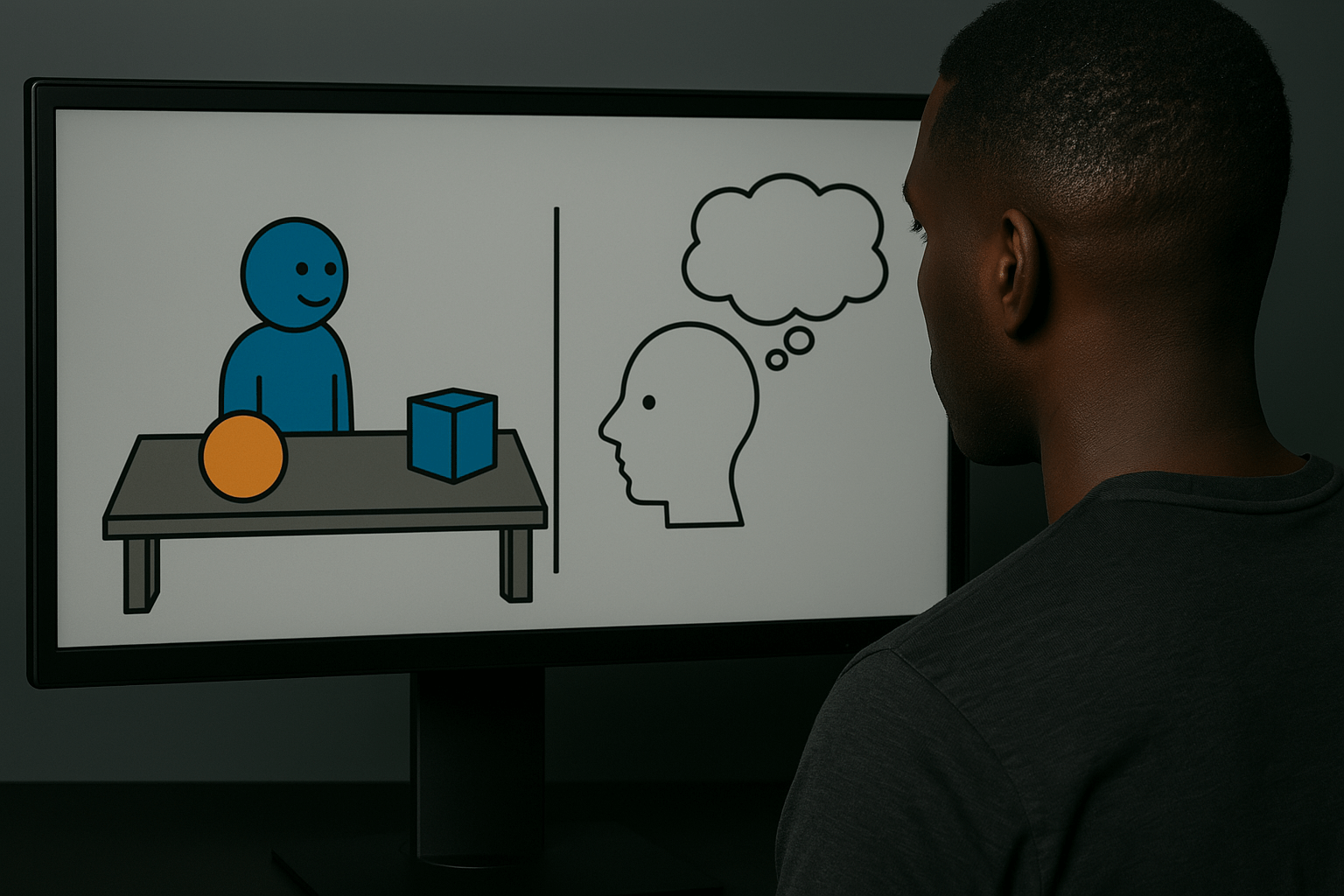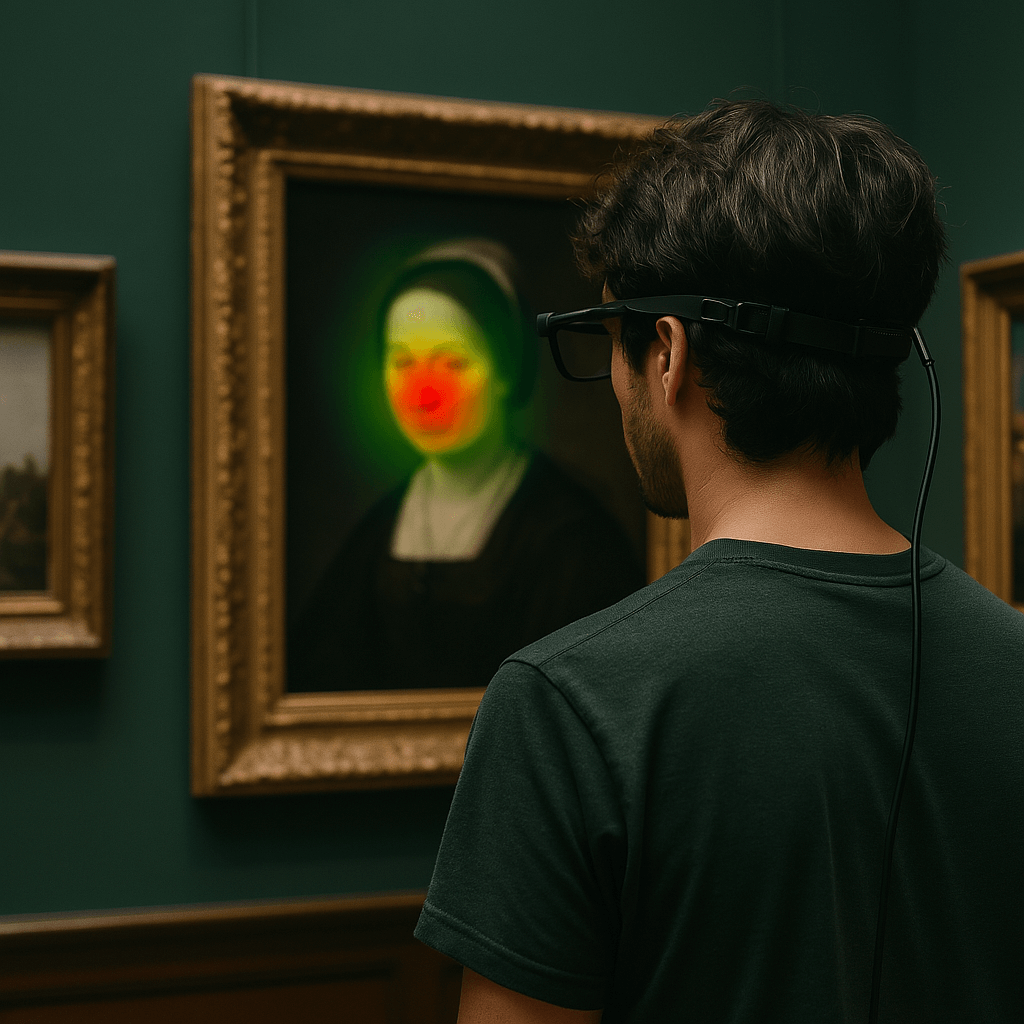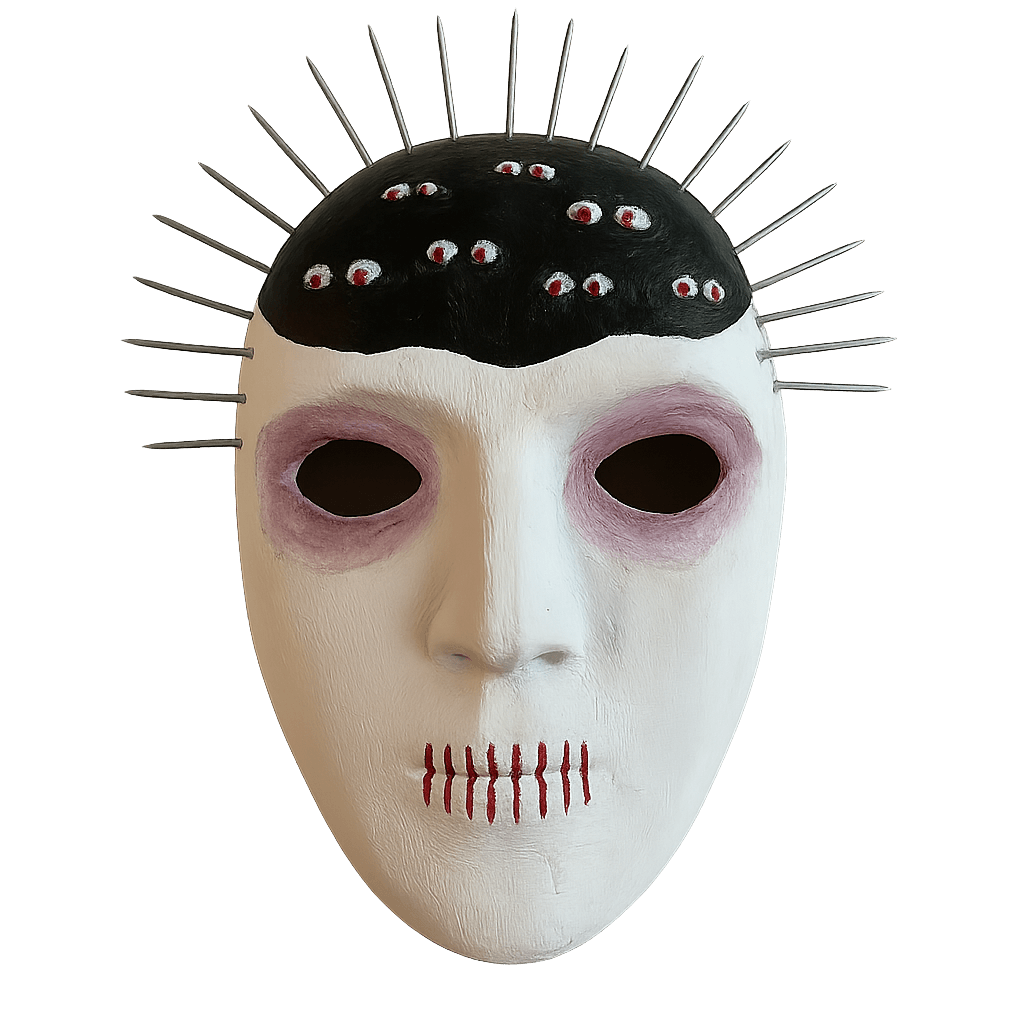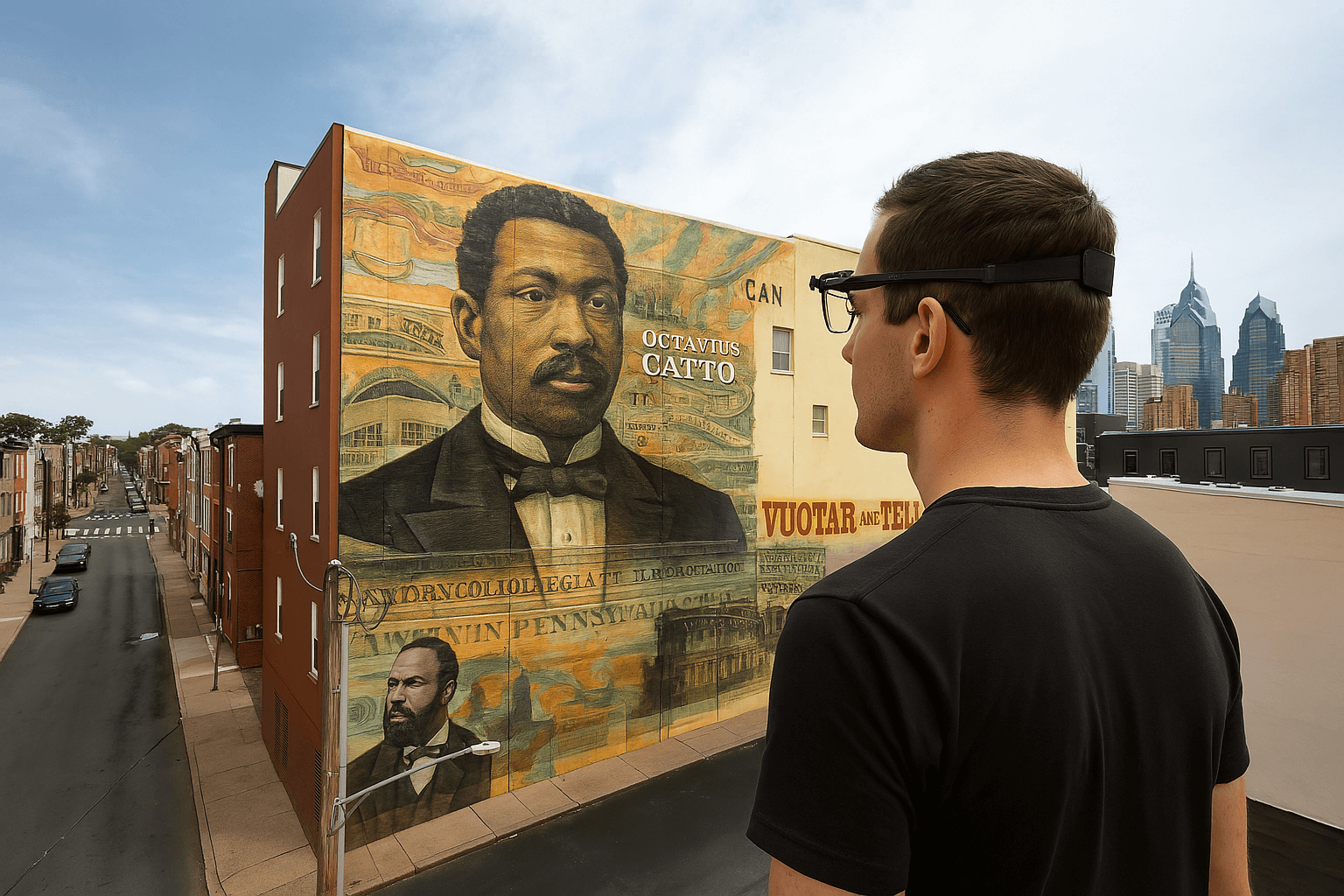
I work as a Senior Research Officer in the School of Psychology at the University of Sydney, where I study Theory of Mind—how people infer the thoughts, beliefs, and intentions of others.

During my PhD at UNSW Sydney, I used eye tracking to investigate how the visual system actively seeks relevant information. I analyzed the flow of visual data reaching the fovea—the center of our gaze—to explore how central vision guides our experience of art and natural scenes.
View my doctoral thesis
Explore the Virtual Gallery
Explore the VR simulation I used to conduct experiments on how curatorial arrangement and artwork size shape aesthetic experience—questions that are hard to test in real museums.
Launch Virtual Gallery

During my postdoctoral fellowship at the University of Pennsylvania, I expanded my focus beyond the lab to explore how people engage with art in rich, real-world contexts—museums, neighborhoods, and therapeutic settings.
One project focused on art therapy for individuals with PTSD, examining how trauma rehabilitation can be traced by looking at the aesthetics of their creations.
Read the article on Scientific Reports

Another project looked at how public art transforms the urban experience. We investigated how murals in Philadelphia shape sense of belonging, perceived safety, and emotional connection to their neighborhoods.
Read the preprint on SSRN
I also studied how slowing down the act of looking—through guided “slow looking” protocols—changes the depth and nature of aesthetic responses. Finally, I explored how digital encounters with artworks (e.g., on screens) compare with in-person museum experiences, particularly in how they affect emotional and cognitive engagement.




